I couldn’t have ever imagined that I would take hold of Pentax 67 120mm F3.5 Soft, even if for some time. I am not a fan of soft-focus lenses in particular, but I like the retro look created by vintage lenses.
In fact, I wanted to buy an old Takumar 6X7 150mm F2.8 but the seller sent me a Pentax 67 120mm F3.5 Soft by mistake, which I decided to keep and test.
Pentax 67 F3.5 Soft lens
The simplest soft lens is a single-element lens like Convex containing all kinds of aberrations. Unlike Convex, Pentax 67 120mm F3.5 Soft is a lens in which some first-order aberrations, like coma and chromatic aberrations, are fixed, but the spherical aberration, which makes the image soft, still remains.
Unfortunately, it was not possible to find an exact optical formula of this lens. I even emailed Ricoh, the current owner of Asahi Optical Co., but they replied that it is literally “hard to determine it now”.
“Standard” or “portrait” lens?
As a rule, soft lenses are considered “portrait” lenses and are done with respective focal lengths. However, a lens with the 120mm focal length for the 6×7 format is closer to the standard 105mm F2.4 than to 150mm F2.8 and 165mm F2.8 typically used for portraits. And it is very convenient because this way it can replace two lenses at once and can be kept on camera all the time.
In my view, this focal length proves to also be very convenient for shooting portraits. I wrote in my previous posts that due to my approach to taking portraits, 135mm F4 Macro and 150mm F2.8 lenses appear to better fit my purposes than 165mm F2.8 and 200mm F4. This is why the 120mm lens is very consistent with this idea.
Overall, there is a feeling that Asahi tried to release one but universal lens instead of two soft lenses. The lens they released feels like a standard one and there is no feeling that the focal length is too long.
Aperture
Pentax 67 120mm F3.5 Soft has an 8-blade aperture with a circular opening up to F6.7 and becomes visibly octagon-shaped at F8 and further down the aperture range.
Unlike other Pentax 67 lenses, the symbols on the aperture ring of this lens are not engraved but just painted so they get wiped off quite quickly. Such lenses with faded symbols are a common sight on eBay, with some of them having no visible markings at all. I got hold of a lens in near mint condition with the symbols completely intact.
Soft-focus adjustment
In a soft-focus lens, the aperture is the one and only tool for adjusting the soft-focus degree. This is why this lens has a preset aperture for easily adjusting the degree of soft-focus effect: opening the aperture increases the soft-focus effect, and closing the aperture decreases the effect.
Moreover, the aperture, in this case, is termed a “soft-focus degree indicator” by Asahi. This is a bit unusual but this is its primary function and not that of adjusting the depth of field. Aperture values up to F6.7 define a soft-focus mode, while those from F8 and downwards define a sharp mode.
1. At up to F3.5, the “softness” of the image is so strong that there are no sharp areas at all. I cannot even focus my lens as I don’t feel where the sharpness is. I got best results only using hard light, and it almost always happened randomly.
2. F5.6 is an aperture value, starting from which I get the result I like. The images I take then have a defined outline sharpness combined with a soft-focus effect.
3. F8 is the best fit for me but the viewfinder is already so dark that it is quite hard to focus, especially in low light conditions. However, this aperture value allows me to take the images I like most of all — with soft outlines but at the same time with enough sharpness and an incredibly smooth bokeh.
4. At F11 and downwards, the images taken with the lens become almost as sharp as the ones taken with a normal lens.
Pentax 67 120mm F3.5 Soft is believed to have no soft-focus effect at F8. And formally speaking, this is proven by symbols on the aperture ring. However, this is not exactly right when it comes to practice. Stopping down the lens doesn’t turn it into a normal lens. In fact, the soft-focus effect is minimised to such an extent that it becomes hardly visible. But, if you print photographs of a large enough size, then the effect will be visible, especially on the outlines of objects.
Focusing
Lens focusing is the most complex and responsible task of a photoshoot when using soft-focus lenses. As mentioned before, it was very difficult for me to focus at up to F3.5, even though I was using a waist magnifying hood. Asahi recommends the following techniques for lens focusing:
1. Adjust the degree of the soft-focus effect using an aperture ring, focus as usual, then make compensation for the focus depending on the flare around the subject and its size. To get the desired results, you may need to turn the focusing ring to focus-compensation mark #1 (to get less flare) or #2 (to get more flare). In reality, it is a very complex procedure simply because these changes may not be noticeable in the viewfinder.
Besides, it may be hard to remember all this during the actual shooting. But the main difficulty lies in the fact that you don’t see these two focus-compensating indexes while shooting and should perform this procedure literally by feel. I personally failed to achieve good results using this lens-focusing method. In fact, the experience may be more acceptable if one uses a tripod, which fixates the camera in relation to the subject of shooting.
2. At F11 you should focus the lens, then open up the required aperture depending on the degree of the soft-focus effect. The main drawback of this method is that the image you get in your eye-level viewfinder is very dark, which makes it very hard to focus. A waist magnifying hood somehow simplifies this task but it is still only possible to focus the lens when shooting well-lit and high-contrast scenes. Lens focusing using this method proved to be much more successful. As a result, I began using it and all examples of images in this article were done with this method.
The minimum focusing distance of Pentax 67 120mm F3.5 Soft is 75cm, which allows one to shoot with the 0.25× magnification ratio. However, in doing so, the actual lens speed becomes F4.4 so the exposure compensation +0.5EV is needed.
Lens hood and filters
The lens has a recessed front element. However, it is desirable to use this lens with a lens hood as any light coming into the lens from the sides may significantly lower the contrast of the image.
RH-RC 77mm is a dedicated lens hood for Pentax 67 120mm F3.5 Soft (which resembles a plunger rather than a lens hood). But I personally advise against either buying or using it for protection from strong light. Instead, I recommend buying a step-down adapter ring 77mm to 67mm, which costs just $2-3.
Then, you have two options:
- screw in Skylight 1A or UV filter and use PH-SA (or PH-SB) 67mm clip-on hood;
- screw in a cheap round metal hood 67mm, which also costs roughly $2-3.
Both these solutions block light coming from the sides much better and also allow to achieve the versatility of its accessories: to use 67mm filters, a set of which you most likely have, as well as a hood for 135mm and 150mm F2.8 lenses, one of which you are also likely to possess.
It is worth noting that the PH-SA 67mm lens hood, which is designed for this lens type doesn’t lead to vignetting when using a 105mm F2.4 lens even when the filter is on.
Size and weight
This is a relatively small lens comparable to the 105mm F2.4 one, and even somewhat lighter — by about 100g, which is hardly surprising given that it has fewer glass components.
Summary
If it were not a soft-focus lens, it would be an ideal, truly versatile lens because of its F3.5 aperture, relatively fast speed for the medium format lens, with a short close-focus distance, with 0.25× magnification ratio, circular aperture opening up to F6.7, 120mm focal length convenient for both portraits and wide shots.
However, it is not just a purpose-made lens, but one with a very limited application.
The style of images made with this lens largely depends on aperture values and to get a better sense of it, I recommend testing the lens at each aperture value available. And most likely, you would like the result obtained at a couple of aperture values as closing and opening the aperture may significantly change the image style.
Thus, you, in fact, have to adjust the exposure by only using the shutter speed. Asahi, in this case, recommends using various ND filters. But in this case, it is a hard thing to do as the image in the viewfinder is already dark if you are shooting at F5.6 and downwards, which would make focussing almost impossible.
When shooting on B&W film instead of ND filters it is possible to use color filters, for instance, green or yellow-green filters may be a good solution for adjusting the exposure. However, they would also make the image in the viewfinder darker by 1EV or more depending on a filter factor, which would also complicate focusing.
If there is a need to compensate for the focus, this could make the shooting process even more difficult. All this means that overall, this lens is for a more complex, thoughtful multi-step mode of shooting as it won’t be possible to use it for “point-and-shoot” images. In the latter case, it is almost always easier to put the camera on a tripod, fixate it on the subject of shooting and continue further manipulations.
Pentax 67 120mm F3.5 Soft is not for taking “momentary” portraits, quickly catching subtle flicks of emotion. It won’t be possible to do that with this lens. However, for shooting landscapes and still lifes it doesn’t play much difference. I would even say that in my experience, these types of images proved to be most successful and interesting compared to portraits.
The majority of photographs I liked were shot in a sharp mode, namely at F8-11, when the soft-focus lens starts working more like a normal lens and there is no much sense in using it. However, on large-size prints, the images made at F8 have soft outlines of details, lighter areas on them appear somewhat blurry, which creates a signature style.
However, in reality, the resulting image is not always predictable. Even though you adjust the soft-focus degree looking into the viewfinder, the result you would get may be far from what you saw in the viewfinder. This is especially true for the aperture values F3.5-F4.8, that is, it is quite difficult to rely on this lens unconditionally and be sure of a good result. Often, for a back-up, I also take a couple of shots using the 105mm or 135mm lenses, so that there was simply a variant of the negative that I was used to.
As an option, it is possible to get the soft-focus effect in analogue black-and-white photography during printing. And this is an even more predictable and reliable way, just because you first shoot as usual, using the lens you find most comfortable, and then while printing decide whether it is worth adding the soft-focus effect to the image.
There are many ways to get the same effect while printing. The simplest and most obvious of all is to screw in a diffusion filter on the enlarging lens. It may be a special diffusion filter or, for instance, a special aperture with a hole similar to that of Rodenstock Imagon or even a combination of these methods.
And despite the fact that these methods will not completely replace the soft-focus lens, but overall they seem very convenient to me, as in any case you have a negative image which you can print even without adding the soft-focus effect at any time you want. I do a lot of photo printing, and have tested these methods with certain success using various ready-made photographic paper brands and those made by hand using liquid emulsion. Although this requires patience as any type of photo printing.
All in all, I consider it unreasonable to have a separate lens with a very limited range of suitable values. I stress once again that this is my personal view.
Pentax 67 120mm F3.5 Soft lens data
- Focal length: 120mm
- 35mm equivalent: 62mm
- Aperture: 3.5 ~ 22 (8 circular blades)
- Close distance: 75cm
- Magnification: 0.25×
- Picture area: 28×22cm
- Exposure factor: ×1.56 (+0.64EV)
- Effective lens speed: 4.4 ~ 27.5
- Optical formula: 4 elements, 3 groups
- Field of view: 41°/32.5° (Diagonal/Horizontal)
- Filter: 77mm, screw-in and bayonet
- Hood: RH-RC 77mm
- Dimensions: 89×63mm
- Weight: 0.52kg
P.S.
Thanks for reading! I would be very grateful if you point out my possible mistakes, add extra information, or just share your experience. Scroll down to the Leave a reply section and share your thoughts about it. Your opinion is important for me. I enjoy answering your questions as the answers may often benefit many other readers and the process of answering allows me to better piece together my existing knowledge and find ideas to improve my articles.

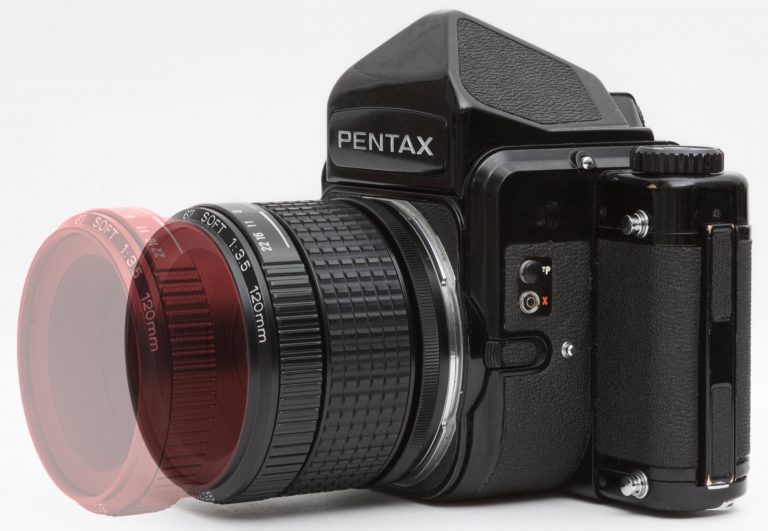
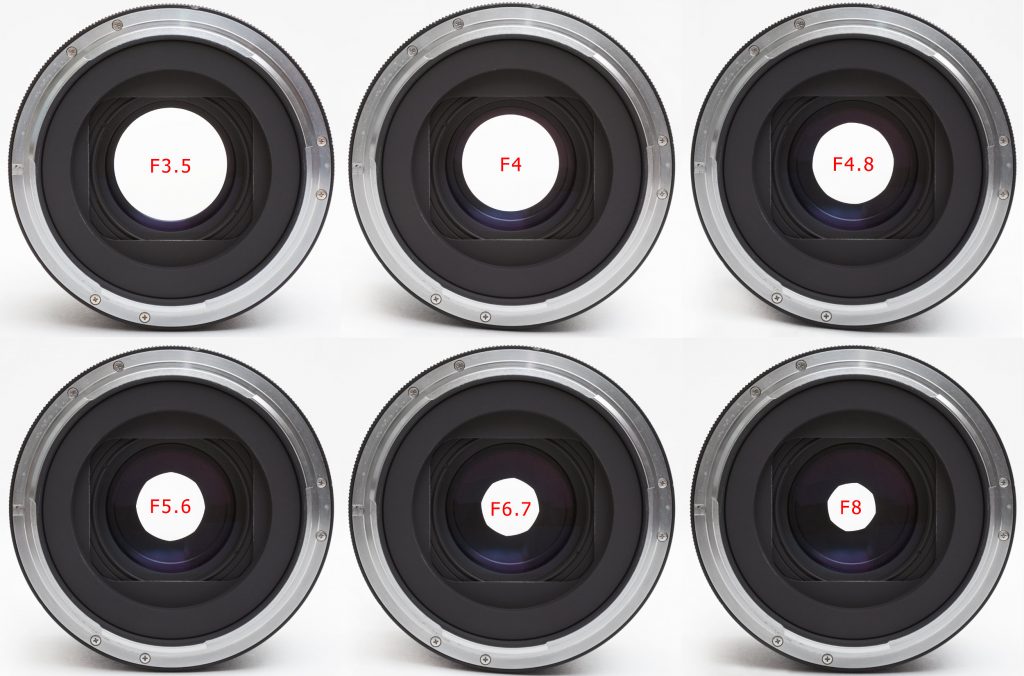

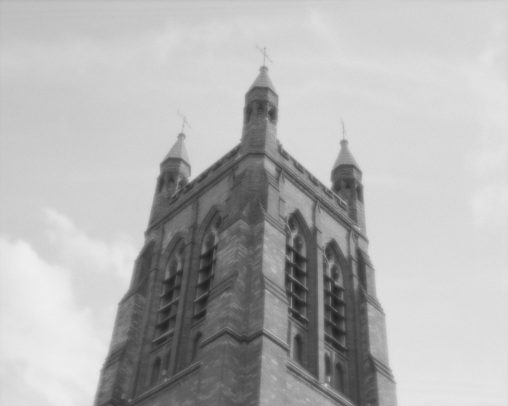
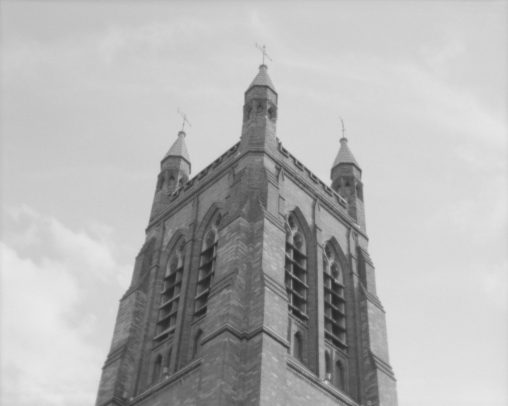
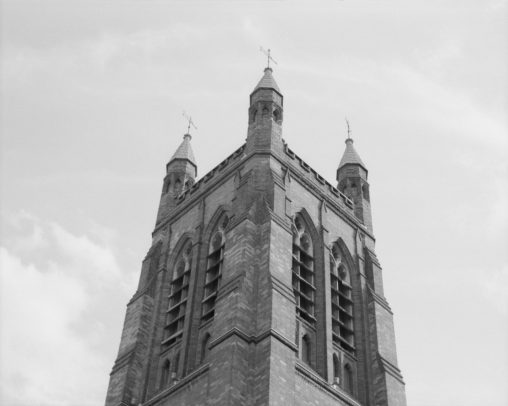



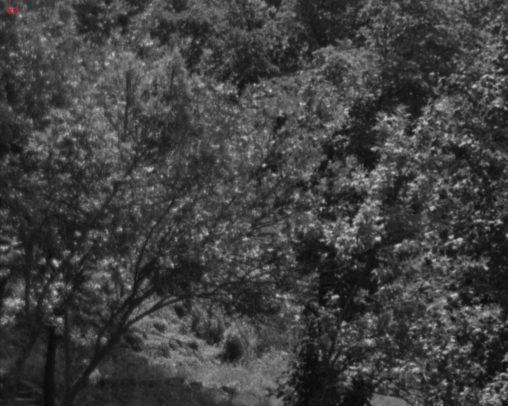


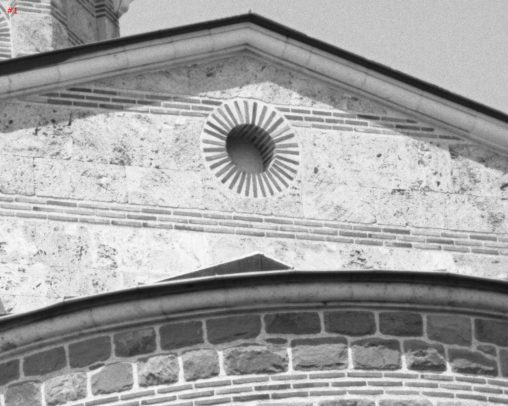











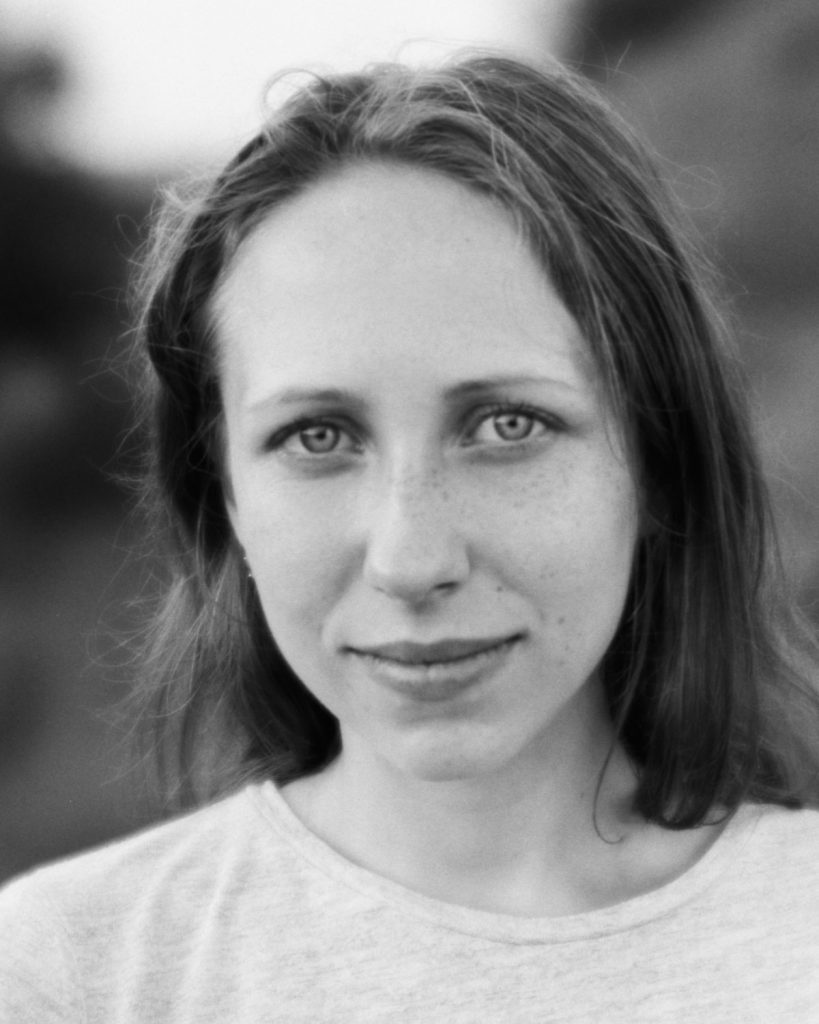
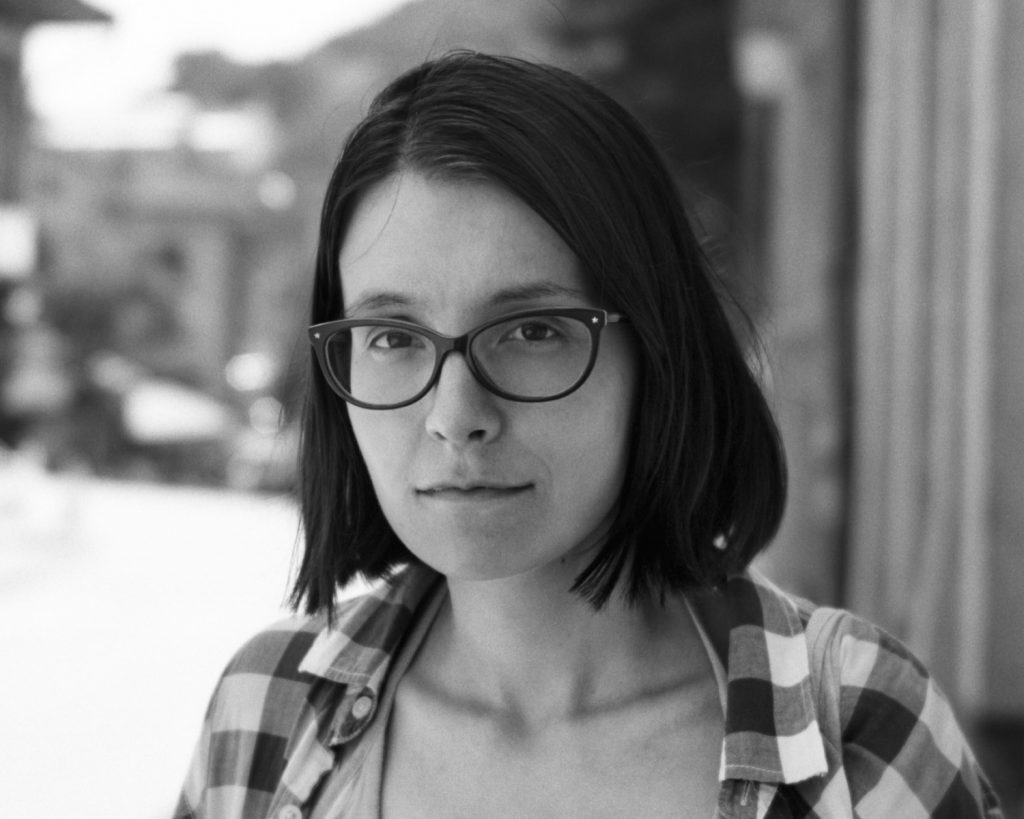

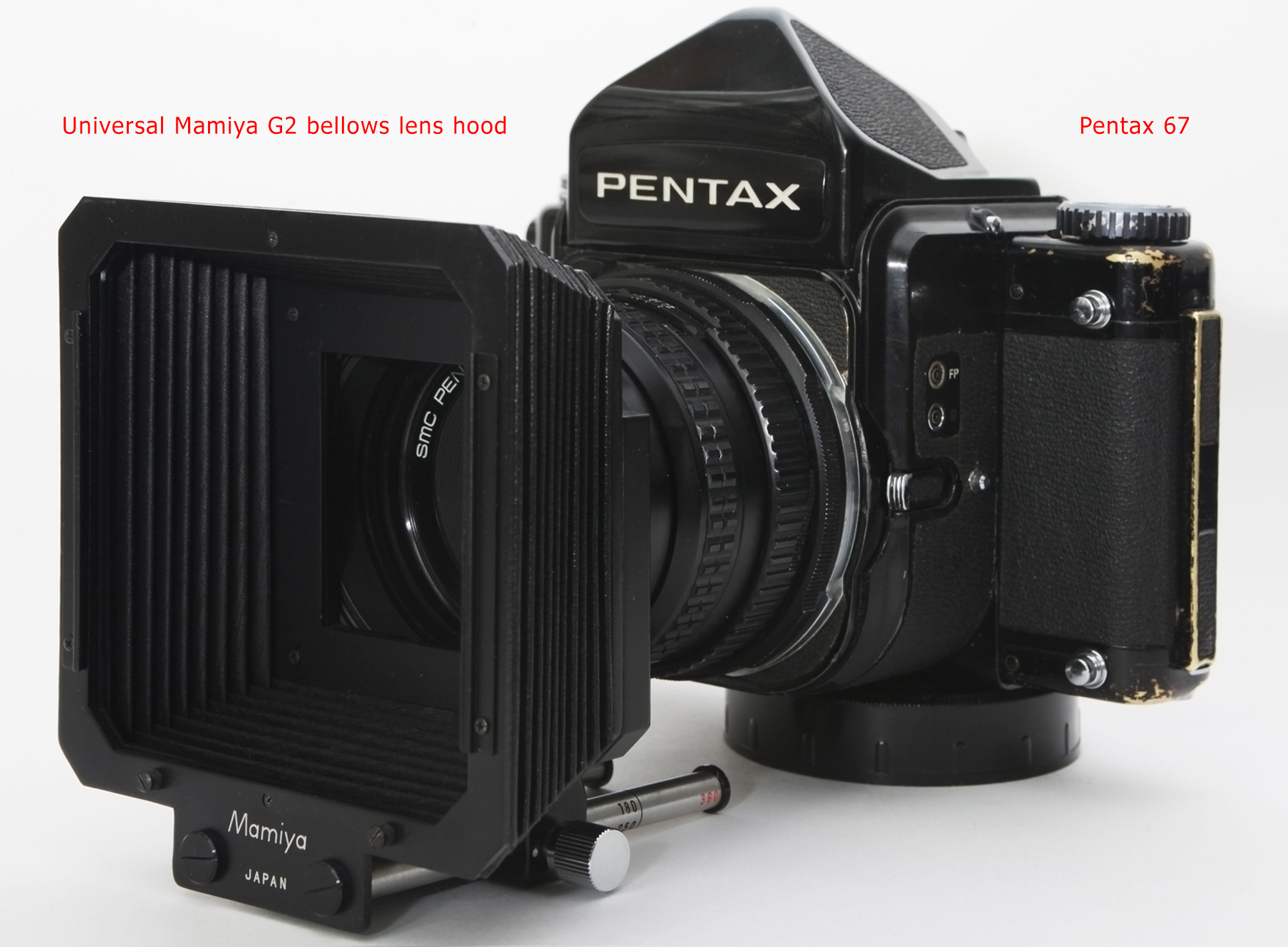

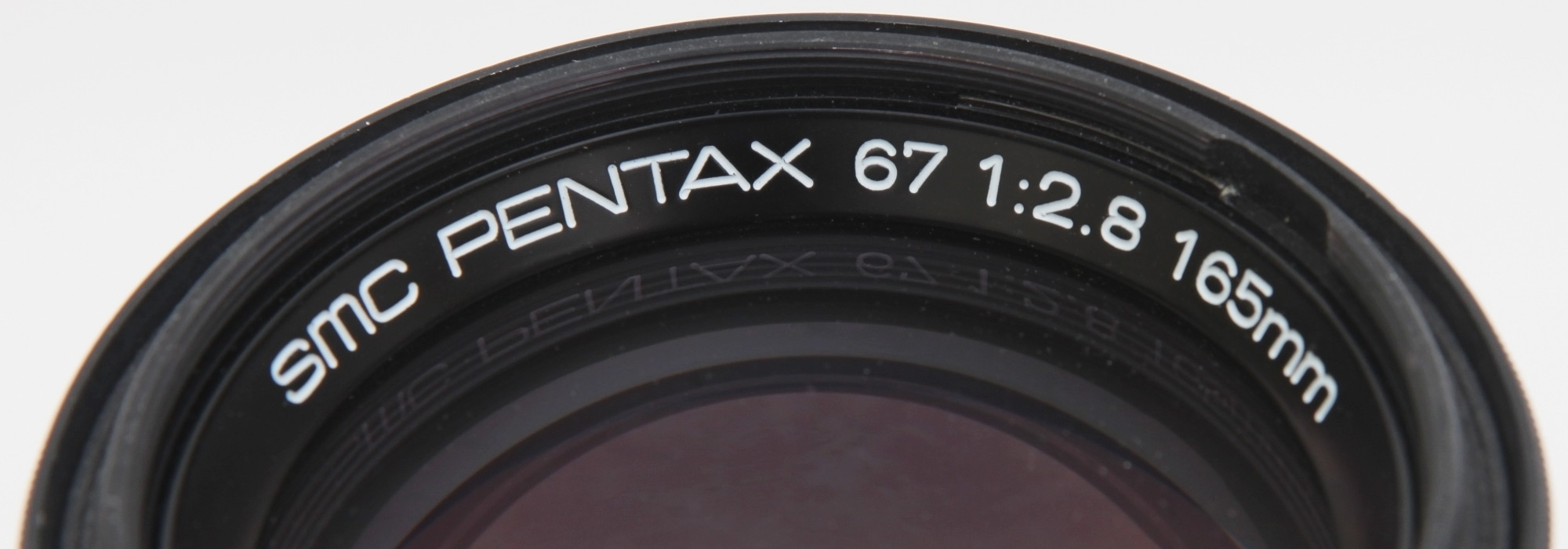


JIM PURCELL
Thanks for this great informative review!
Sasha Krasnov
Thank you Jim for the feedback!
Jimi
Another amazingly insightful review here sir.
You really cover all bases, and have bnow ecome the authority on everything P67 for me… so thankyou
Sasha Krasnov
Thank you so much for reading the article and for the feedback!
Rudolf
Hi Sasha,
Thank you for your great review of an almost forgotten lens. The lens is very similar to a Petzval 1840 and Triplet Derivates Cooke 1893 design. I have a cross section if you are interested and a photo lens history line-up by Yuri Stangrit. I’m more than happy to send you jpgs. Send me your contacts.
I’m personally also not a big fan of the soft function of this lens, but it was “THE” thing at the time of release.
But it shines above f11.
The very simple design, 4 elements, creates a very striking and very “present” representation of reality. I would say that this little gem is the absolute opposite of modern lenses while being sharp.
The Pentax 67 system feels some times like a collection and history lesson of the best lens designs ever made and it is very interesting that they did go back to an at the time already hundred year old design as needed.
Abbazz
Hi Sasha,
Thank you for another great review. I love your site, it’s the best reference for everything Pentax 6×7!
Here’s the optical formula for the 120mm f/3.5 Soft Focus:
https://lens-db.com/wp-content/uploads/2012/03/67-120soft.jpg
Cheers!
Abbazz
Sasha Krasnov
Hi Abbazz,
Thank you so much for sharing this valuable information about the optical formula! Unfortunately, I could not find it while building the article. And, thanks for the feedback!
Sasha
Matteo
Hi Sasha! Hugs from Italy!
I discovered your site back in 2019 when I was looking for info about the Pentax 6×7 system. It was the time I was getting in and your reviews helped me a lot. I’ve read many times your articles, it’s always interesting and worthy to come back! You are a big help to anybody approaching the system, and in a gentleman way which is not always the case 😉 Thank you so much for sharing your love and knowledge in a so professional way!
Matteo
Sasha Krasnov
Hi Matteo! I’m so sorry for the late reply. Thank you so much for the kind words. I just did what I had to do. It’s my job and pleasure 😉
StanislaVS
Александр, добрый день! Вы очень точно описали всё трудности, которые ждут пользователя этого объектива. С учётом труднодоступности и цены плёнки не до экспериментов. Думаю он больше подходит для экспериментов на цифре с большим сенсорои, например 645D или Z, GFX, Mamiya-Phase One и т д. , благо адаптеры доступны. Насчёт натюрмортов в ретро-стиле согласен, это пока единственные приличные фото, что удалось с него получить… 🐸
Sasha Krasnov
Да, думаю на среднеформатной цифре его было бы интересно попробовать. Но мне сам алгоритм съемки сильно не удобен оказался — он делает ее слишком постановочной какой-то, поймать что-то мимолетное, на секунду появившееся в выражении лица не просто при съемке портрета. Наверное, это не хорошо и не плохо, просто мне не подходит — ловить фокус на открытой, мешает софт-эффект, на закрытой уже сильно темно, а потом еще и сдвигать фокус, как рекомендуют. А если кадр выйдет сильно плохим, то не понимаешь из-за чего, то ли недосдвинул фокус, то ли просто свет плохой, то ли еще что. За это время уже уйдет настроение, что-то изменится в портретируемом. Я обратил также внимание, что лучше всего с ним получались сюжеты с контрастным светом, что наверное не удивительно. И кстати, как раз именно контрастный свет в большей степени, чем сдвиг фокуса влиял на то, что по моим представлениям “кадр получается хорошо”. Видимо потому, что все равно изначально в голове я видел картинку, словно снятую обычным объективом, и съемку софтом также подстраивал в таком же ключе, чтобы результат был ближе к обычной оптике.
Jerry Eisner
Thank You Sasha for a really detailed and sensible review of the soft focus Pentax 120 SF lens and how it works. I just discovered your site and I hope to be one of your fans going forward! I also appreciate that you have put so much well thought out advice on options for doing the soft focus effects even if you don’t own a SF lens. Such as printing film images on the enlarger with various diffusion / SF filters etc.
I have some personal experience using a 150mm SF lens for a Mamiya RB-67, and you literally hit the nail on the head re: how HARD it is to focus at wide open apertures. When it works the effect is Movie Star Dreamy. But when it doesn’t work, it is more like an amateurish blurry mistake. FYI, I have a friend who has taught himself how to use a Graflex SLR with a F4 181mm Wollensak SF lens. He has pretty much trained himself to create that signature look that so many Pictorialists are known for. Additionally, he doesn’t have a darkroom, so he develops his film at home, scans them, and contact prints them in Platinum Palladium solution. If you want to see his work, please let me know and I’ll send you a link. Thanks again. Jerry E.
Sasha Krasnov
Thank you so much, Jerry, for this detailed feedback! It would interesting also to compare Pentax 67 120 SF with Mamiya 67 150 SF. If you have links to the sample images, please post them right there in the comment body. I appreciate you would like to share the links with samples from the Wollensak SF lens. It is quite a rare lens. Also, it would be interesting to look at Platinum Palladium prints 😉